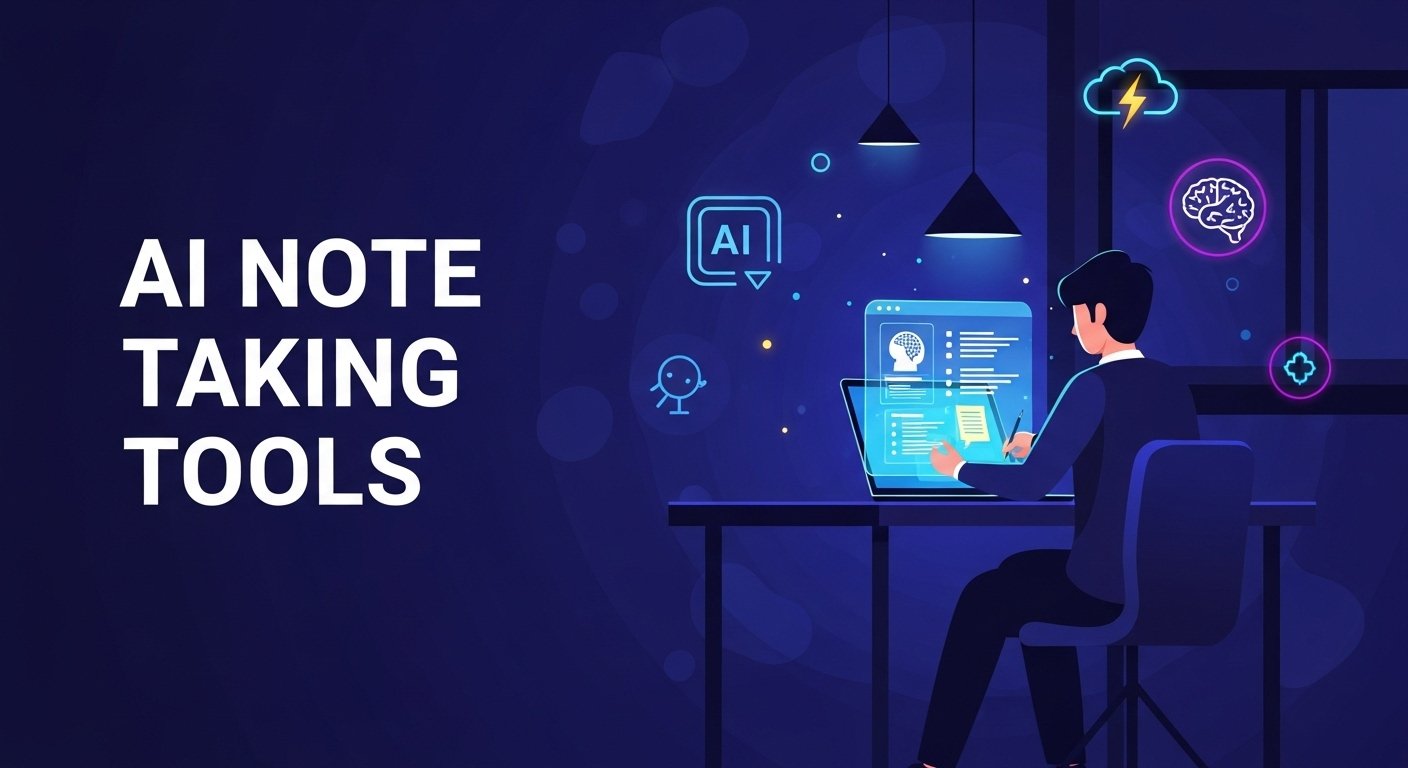It was 2 AM. I was wide awake, typing notes from a lecture recording, half-asleep, and slowly realizing that my brain was melting. By morning, I had a bunch of scattered paragraphs and—surprise—I forgot half of it.
Then I discovered generative AI. Suddenly, those messy transcripts and PDFs turned into clean bullet points in seconds. Honestly, it felt like finding the cheat code for studying.
What is Generative AI (Brief)
Generative AI is basically a type of AI that doesn’t just search for answers—it creates text, summaries, and explanations based on your input.
Think of tools like ChatGPT, Claude, or Perplexity AI. Unlike old-school summarizers that just cut down text, these models can explain concepts, rephrase ideas, and even make revision-friendly notes.
Why Use Generative AI for Notes?
Here’s why I switched:
- ✍️ Saves hours of typing long lecture notes.
- 📚 Better revision: notes are short, clean, and structured.
- 🎯 Organizes messy lectures into digestible points.
- 🧩 Can create bullet lists, summaries, even concept maps.
Basically, it turned my academic chaos into something my future self could actually understand.
Tools You Can Use (Mini Reviews)
- ChatGPT / GPT-4: My daily driver. Great for prompts like “make this into bullet points with key terms highlighted.”
- Claude: Sometimes gives longer, more detailed notes—good for deep dives.
- Perplexity AI: Like Google + AI. Super useful if you want references along with notes.
- Notion AI: If you’re already a Notion user, it blends right into your workspace.
- Scholarcy / Scribe: More specialized AI tools designed for academic papers and PDFs.
Step-by-Step Guide: How I Use AI to Create Notes
Here’s my routine (after a lot of trial and error):
- Gather source → lecture transcript, YouTube auto-captions, PDF, or slides.
- Input prompt → Example: “Summarize into bullet points, highlight key terms, explain definitions simply.”
- Format output → I ask AI to add headers, bold terms, and lists.
- Verify & polish → Always double-check because sometimes AI makes things up.
- Export notes → Copy into Notion, Google Docs, or even flashcard apps.
This flow cut my note-making time from 3 hours to around 30 minutes.
Tips & Tricks (From My Experience)
- Use prompts like: “Summarize in bullets + bold keywords.”
- If confused, ask: “Explain like I’m 5.”
- Use 2 AI tools to cross-check.
- Don’t blindly trust—AI can mess up.
- Keep a “raw” AI version and a “final polished” version.
- Turn notes into flashcards with apps like Anki or Quizlet.
Drawbacks / Be Careful
- ❌ Sometimes AI misses context.
- ❌ Wrong facts if your prompt is vague.
- ❌ Free tools have limits (hello, paywalls).
- ❌ Sensitive/copyrighted content—don’t just paste your entire textbook.
Use Cases / Examples
- From a lecture video: Turn messy captions into clear notes.
- From a research paper: Extract key findings, methods, and conclusions.
- From a textbook chapter: Create bullet summaries per section.
FAQs
Q: Is it cheating to use AI for notes?
A: Nope. It’s like using a calculator—you still need to understand the content.
Q: Can AI make notes offline?
A: Most tools need internet, but you can save outputs offline later.
Q: Which is the best AI for note-taking?
A: Depends on your style. I use ChatGPT for everyday stuff, Claude for long explanations, and Perplexity when I want sources.
Conclusion
Using generative AI for notes saved me countless late nights. It’s not about being lazy—it’s about working smarter.
If you’re struggling with hours of typing, try one tool tonight. Start small: copy a lecture transcript into ChatGPT and see how your notes transform. 🚀
Oh, and if you’ve got a killer prompt that works for you, share it with me—I’m always looking to upgrade my study hacks.
👉 Also check my article on Top 10 Chrome Extensions Every Student Should Use for more productivity tools.



